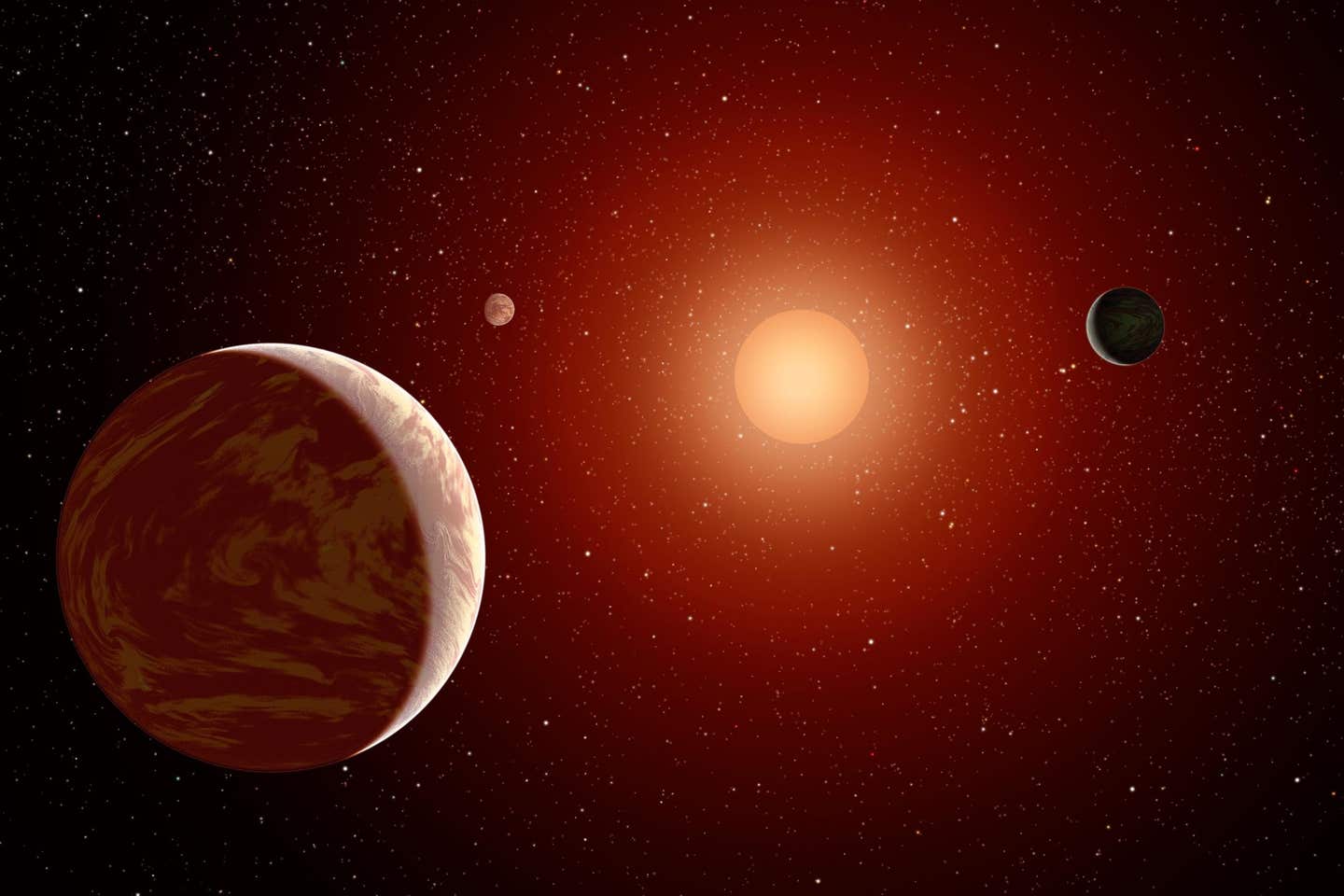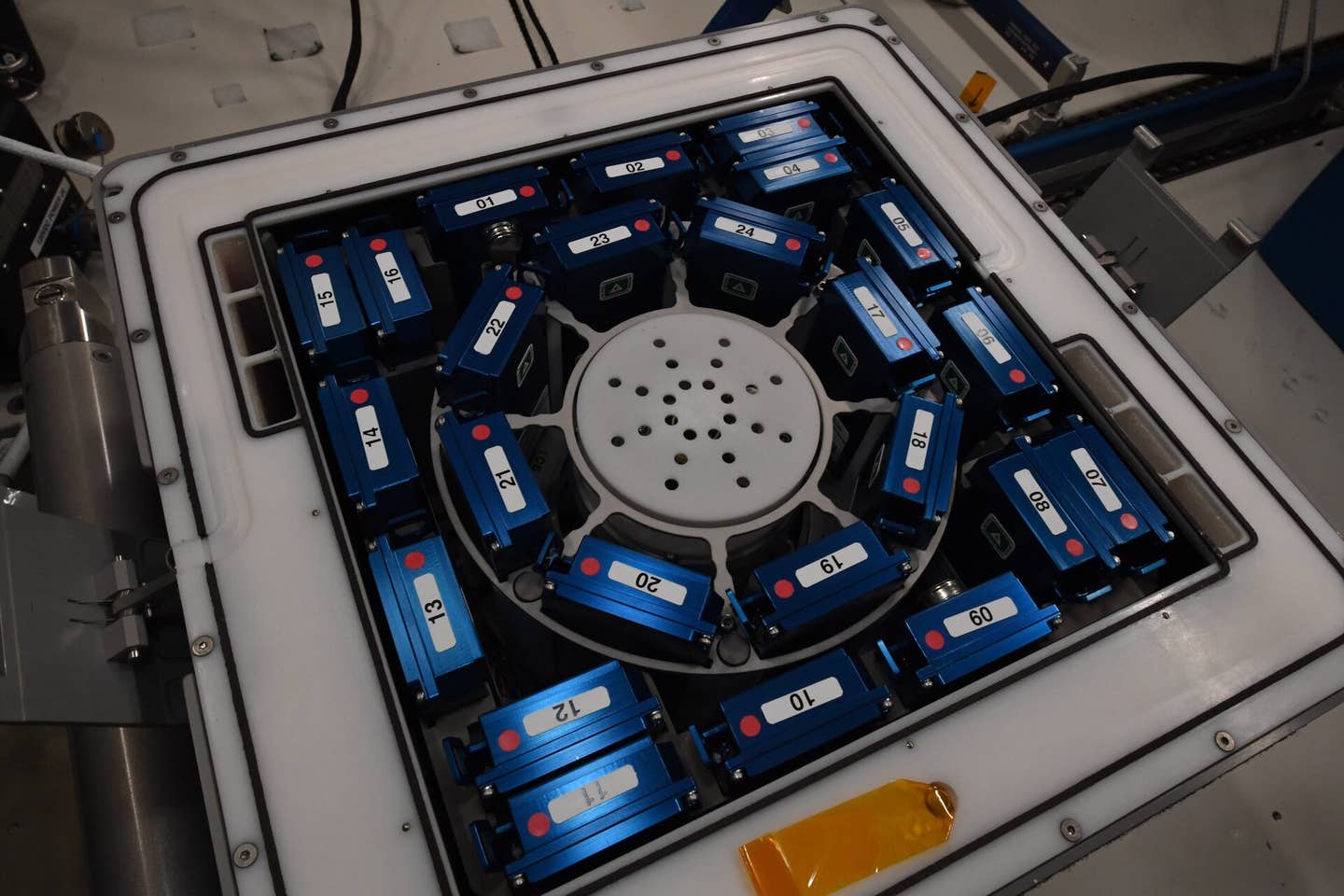Red dwarf stars are unlikely to host planets with advanced life and civilizations
New analysis finds observers are unlikely around red dwarfs, steering the search for life toward Sun-like stars.

Red dwarfs dominate the neighborhood and often host rocky worlds in temperate orbits. Yet their environments may hinder complex biology. (CREDIT: NASA/JPL-Caltech)
For all the talk about life across the cosmos, Earth remains the only confirmed example. That single data point makes your place in the universe feel both ordinary and strange. Two facts sharpen the puzzle. You live in the first sliver—about 0.1%—of the era when stars shine. And your world orbits a Sun-like star even though most stars are smaller, dim red dwarfs.
Astronomer David Kipping of Columbia University thinks those two facts should change how you weigh the odds. In a new analysis, “Solar Hegemony: M-Dwarfs Are Unlikely to Host Observers Such as Ourselves” (2025), he asks whether your presence around a G-type star is luck or a clue. His answer points hard against luck.
Using Bayesian modeling, he finds the chance that you simply drew an unusual star by coincidence is vanishingly small. The Bayes factor is about 1,600 to 1 in favor of “not luck.” That crosses the bar for “decisive evidence” by a wide margin.
Two ideas that reframe habitability
Kipping sets up two hypotheses to explain why you sit where you do in space and time. The first is the Desolate M-dwarf Hypothesis. Below a critical stellar mass, Mcrit, stars fail to produce observers—beings who can wonder and measure. The second is the Truncated Window Hypothesis. Planets may have only a limited span, Twin, that allows observers to emerge, shorter than a star’s full life.
These ideas capture different limits. Small stars may be hostile for complex life. Planets may also lose their life-friendly traits before their stars fade. Kipping’s model tests both ideas together against one hard datum: observers exist now, around a star like the Sun, 13.8 billion years after the Big Bang.
How the model gauges cosmic odds
To compare scenarios, Kipping simulates one million stars forming across the universe’s history. Each star gets a birth date based on a realistic formation rate and a mass drawn from a standard distribution. He then steps forward in time to see which systems could host observers at each moment.
Three checks gate that status. Enough time must pass since a star’s birth to allow complex life, modeled as a universal three-billion-year delay. The planetary “observer window” must still be open. And the star’s mass must beat Mcrit, the threshold for potentially life-bearing systems.
From the simulation, he extracts two likelihoods. First, the chance that observers exist right now for a given pair of Mcrit and Twin. Second, the chance that those observers orbit a Sun-like star. Combine those and you can update what you believe about the two hypotheses.
What the numbers say
Kipping adopts broad, non-committal priors. Any stellar mass between the hydrogen-burning limit and the Sun’s mass is allowed. The observer window prior spans from Earth’s current age to ten trillion years, a very generous cap. He computes likelihoods over thousands of combinations and then builds smooth posteriors.
The results point to a real mass cutoff. Models favor a lower limit of Mcrit greater than about 0.45 solar masses at 2σ confidence. That would exclude roughly three-quarters of all stars—mostly red dwarfs—from hosting observers. The constraint on Twin is weak by comparison. The data only require Twin below 7.6 trillion years, which tells you little. Geophysics already suggests habitability windows of about 5 to 10 billion years for Earth-like worlds.
Kipping also probes simpler cases. With only the mass cutoff active, the evidence remains strong. With only a truncated window, the model fares poorly. A hybrid case that fixes Twin at 10 billion years—roughly an Earth-like geologic span—slightly edges out others. In that conservative setup, he finds Mcrit above 0.34 solar masses at 95% confidence.
Why red dwarfs may fall short
You might expect the most common stars to be the best hunting grounds for life. Red dwarfs dominate the neighborhood and often host rocky worlds in temperate orbits. Yet their environments may hinder complex biology. They flare often, bathe planets in ultraviolet bursts, and can erode atmospheres on close-in worlds. Their extreme longevity could also stall or prevent the geologic churn that recycles nutrients and stabilizes climates.
Recent telescope results echo those concerns. Studies of TRAPPIST-1, a red dwarf with seven Earth-size planets, suggest at least three lack detectable atmospheres. That makes surface life tough. Kipping’s argument does not rely on these mechanisms. It rests on a statistical match to your situation. Still, the independent hints line up in a way that should give you pause.
The Copernican instinct meets new evidence
The Copernican principle says you shouldn’t assume a special perch in the universe. That idea shaped modern astronomy and your cultural sense of being typical. Carl Sagan captured it with a memorable warning: “But absence of evidence is not evidence of absence.” Optimists point to hundreds of billions of stars and billions of years of cosmic time. Given such vastness, they argue, intelligent neighbors feel likely.
Kipping stresses that the Sun differs from most stars in several ways. G-type stars are a minority. Your system is quiet and single, with giant planets parked far out. Those features may matter. “My paper looks at two puzzles that are undeniably unusual,” he explained. “Some 80% of stars are M-dwarfs… yet we do not live around one… Second, the stelliferous period of the Universe extends until 10,000 Gyr from now, yet here we are living in the first 0.1% of that window.”
His bottom line turns that Copernican instinct on its head—without rejecting it. The data suggest observers like you are more likely around Sun-like or slightly larger stars. “My paper finds the odds of this being the case to be 1600:1 against,” he said of the luck explanation. “In science, we usually say anything above 10:1 is strong evidence and 100:1 is ‘decisive,’ so 1600:1 is truly enormous odds for a luck-proponent to sit comfortably with.”
Could a universal deadline be capping the time for life to appear? Kipping briefly tests a “cataclysm option” where a hard cutoff, tmax, ends the show for everyone. That scenario fits worse than even the weak truncated window case. It also fails to explain why you orbit a Sun-like star. The best-fit limit, tmax under 310 billion years, adds little. Catastrophe is not the key.
A smarter map for the search
If you help shape the hunt for life, this analysis suggests a course correction. Surveys and SETI projects should aim less at red dwarfs and more at stars between roughly 0.74 and 1.6 solar masses. That includes the Sun and somewhat larger, brighter stars. You could still watch a sample of red dwarfs, since advanced civilizations might migrate or adapt. But the most promising targets now look more like home.
Kipping leads Columbia’s Cool Worlds Laboratory, which explores extrasolar systems and methods to detect technosignatures. He notes the near-term payoff from telescopes that can image Earth-like planets around Sun-like stars. The proposed Habitable Worlds Observatory, planned for the mid-2040s, sits squarely in that lane.
Bayesian analysis doesn’t hand you truth. It shows how evidence should shift your beliefs. Those shifts depend on your priors. If you assume every star is equally likely to host observers, you may resist a Sun-centric outcome. Kipping argues for humility. Let the data nudge you. In this case, the nudge looks more like a shove.
Sagan’s broader point still stands. You don’t have proof that red dwarfs can’t cradle life. But you do have strong evidence that observers like you are rarer there. That evidence should shape where you look first.
Practical Implications of the Research
Telescope time and mission budgets are finite. Prioritizing Sun-like stars can make searches for habitable worlds more efficient. Direct-imaging missions can tune their target lists toward stars between about 0.74 and 1.6 solar masses, where the odds now look better.
SETI can narrow its listening campaigns to fewer, richer targets, improving the chance of a meaningful detection within current funding. Planet-formation models can probe why a mass cutoff exists, guiding lab work on atmospheric escape, stellar flare impacts, and geologic cycling.
Over time, this focus can speed the first confirmed discovery of a truly Earth-like world, sharpen estimates of life’s frequency, and refine your understanding of how fragile intelligence may be. That clarity can inform policy, education, and the long-term case for ambitious space observatories.
Research findings are available online in the journal arXiv.
Related Stories
- White dwarf duo reveals the origins of the universe’s brightest explosions
- Astronomers find enormous gas structure connecting two dwarf galaxies
- Rare white dwarf star collision revealed by Hubble Telescope
Like these kind of feel good stories? Get The Brighter Side of News' newsletter.
Joseph Shavit
Science News Writer, Editor-At-Large and Publisher
Joseph Shavit, based in Los Angeles, is a seasoned science journalist, editor and co-founder of The Brighter Side of News, where he transforms complex discoveries into clear, engaging stories for general readers. With experience at major media groups like Times Mirror and Tribune, he writes with both authority and curiosity. His work spans astronomy, physics, quantum mechanics, climate change, artificial intelligence, health, and medicine. Known for linking breakthroughs to real-world markets, he highlights how research transitions into products and industries that shape daily life.



